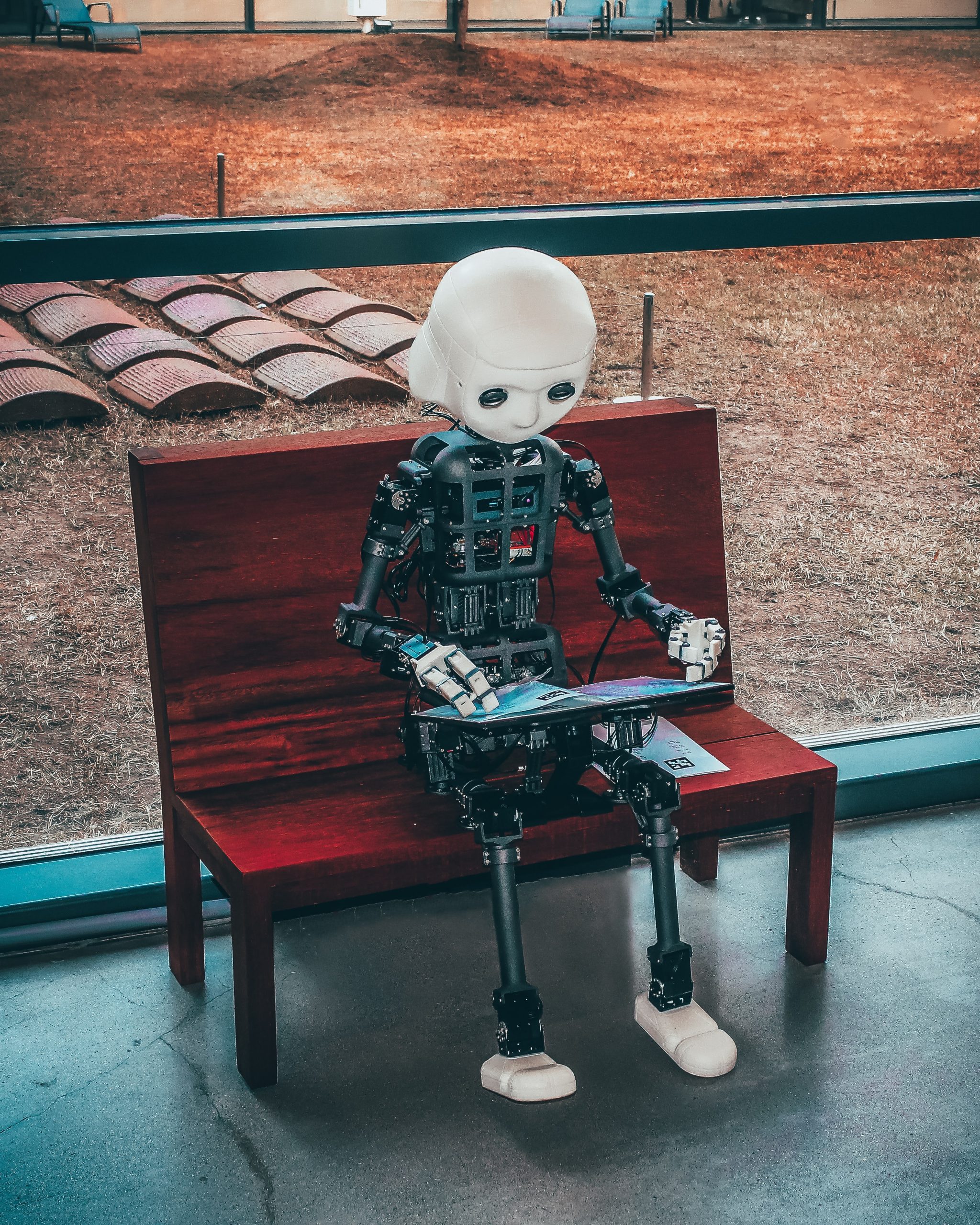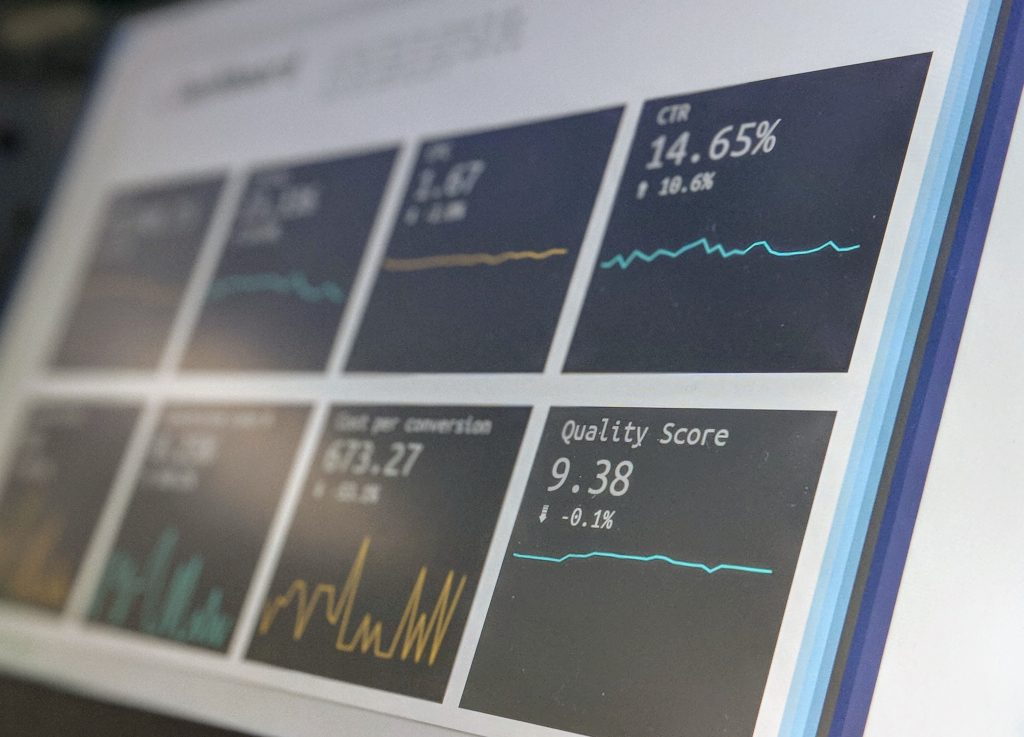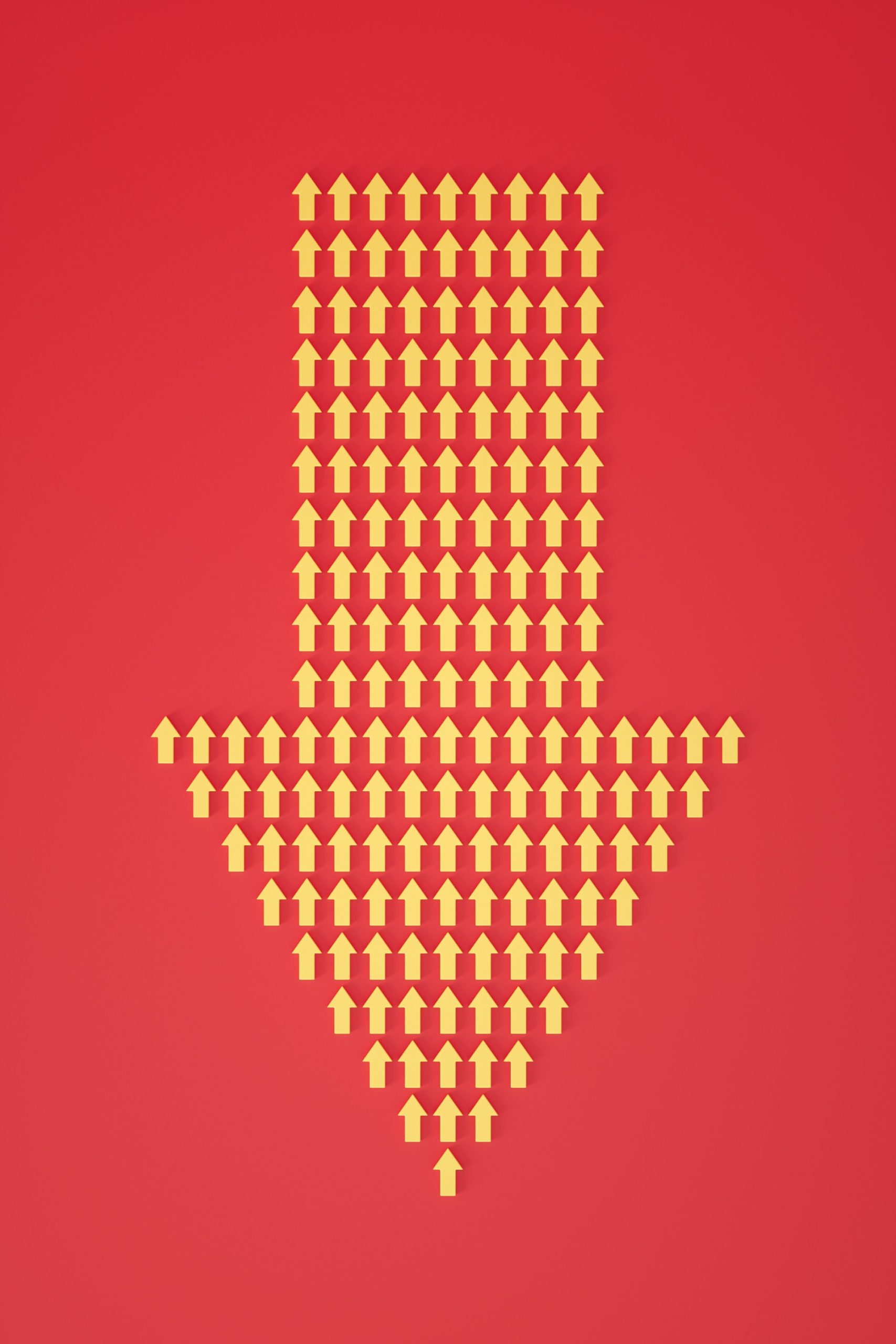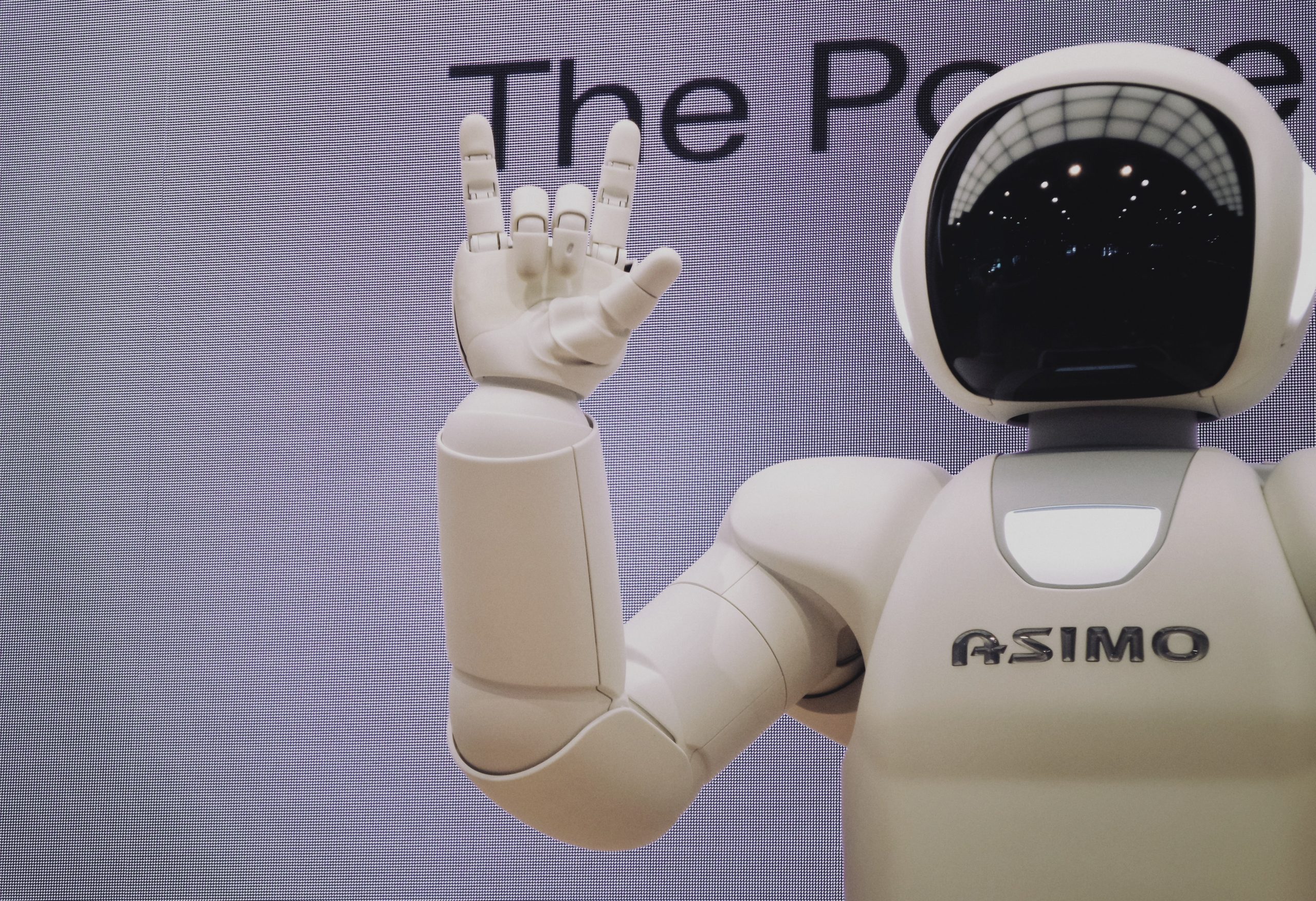
Photo by Andrea De Santis on Unsplash
There is much discussion about whether you need a computer science degree to become a data scientist. This article discusses the question of whether you need an 8-year college education. However, the real question behind this is: how do I get into data science? How do I prepare myself for that career? How do I become a data scientist? The good news is this blog post is about it.
Data Scientists are responsible for collecting, analysing and interpreting large data sets. They often work with a team to spot trends, find patterns and build meaningful insights from the data that can be used to make better business decisions.
“The best way to describe a data scientist is an equal parts statistician and computer scientist, with some business knowledge thrown in.” -Charles Severance.
For the layman, a data scientist is a super-analyst who can find insights in mountains of big data. But, for people in the know, a data scientist is not just a person who creates predictive models for marketing and sales. The real job of a data scientist is to take all that information and tell a story with it. They’re the person who will analyse statistical trends from social media, customer support records, and financial data and make recommendations to improve business decisions.
You don’t need a degree to become a data scientist
We’re living in the age of big data. We measure and track almost every aspect of life and business, from how many steps we take daily to how many hours we sleep each night, from what we eat to where we shop, from whom we vote for, to what movies we watch.
Becoming a data scientist is one of the fastest-growing career paths. You need to do more than write code. You’ll also need to understand how to get data, clean it up, visualise it, and present it in an easy-to-understand way that helps solidify your insights.
Data scientists also often communicate their findings to others. Like any good scientist, they use visualisation techniques like graphs, charts etc., to exhibit their results—but unlike other types of scientists, they have the advantage of exploring data, applying statistical models, building algorithms, using the technologies & tools like Python, R, Cloud platforms, Jupyter notebooks.
If you want to be a data scientist, you don’t need an advanced degree in computer science — or anything else, for that matter. However, you must love working with data and exploring patterns and correlations. In addition, you should know how to program, work with databases, and learn statistical techniques and machine learning algorithms. And how to combine all as an application and run on a platform. That’s it! You can get all the education you need online.
Many people are surprised that they aren’t required to have years of experience or an advanced degree before calling themselves data scientists. Their surprise comes from the fact that “data scientist” has recently been popularised. But the title isn’t new; it was coined by William S. Cleveland in 2008 when he was trying to figure out how best to describe his role as chief scientist at Oak Ridge National Laboratory (ORNL)
It’s a common misconception that you need a Master’s degree or PhD to become a data scientist. Yet, some of the most successful data scientists globally have no formal education in statistics, machine learning, or computer science.
It may seem strange that someone can make it as a data scientist without training, but it makes sense when you think about the nature of data science. Data scientists use tools like SQL and Python to pull insights from data and use popular platforms to run the models. Hence, algorithms. These tools aren’t difficult to learn for anyone with a good grasp of arithmetic, and the hard part—figuring out what to do with those insights—separates great data scientists from everyone else.
A data scientist’s core skills are
1. A strong background in statistics and machine learning
2. Software engineering skills, including proficiency with at least one programming language, Python or R.
3. Programming skills for analysing and exploring the data.
4. Knowledge of databases and tools for working with them ( Spark, Hive, Cloud-based databases, No-SQL databases) and writing SQLs for querying
5. Proficient with various open-source data mining and machine learning tools, such as Jupyter Notebook, Amazon Sage Maker, and Google Colab.
6. Knowledge of cloud platforms to deploy models
With all the buzzwords being thrown around in data science, data scientists are often described as “splitters” and “pilers”. Splitters examine large amounts of data and identify parts they think will be helpful in further analysis. The people who decide what part of splitting the data into and why they decided on those splits are splitters. Data engineers and analysts can also be splitters, but they don’t effectively because they cannot always view the big picture. On the other hand, Pilers look at all the information and focus on putting it together before making decisions based on what type of data it is.
One common representation of a data scientist is a sort of Einstein, a mythical figure who can make all of the right decisions and produce precisely the results they need. Of course, knowing everything but using it to solve every problem is not possible; however, we can analyse the data and draw conclusions that lead us closer to our goal.

If you are interested in becoming a data scientist, here’s where to start
Step 1: Learn the basics of statistics and machine learning
Step 2: Get familiar with coding in Python or R
Step 3: Understand SQL
Step4: Learn a Visualisation tool
Step 4: Read every article on KDnuggets.com
Step 5: Practice and solve the problems available on various famous ML websites (e.g. Kaggle)
Developing your projects is one of the best ways to learn data science. You can find many tutorials on Kaggle, youtube and Coursera, which will guide you through the process of building algorithms and models from scratch.
Tutorials are good for learning the basics, but they only capture a snapshot of what it’s like to work as a data scientist. It’s impossible to convey everything in a few hours; many concepts are not even covered.
Data science incorporates many disciplines like statistics, machine learning, deep learning, visualisation, business intelligence, predictive modelling, etc.
The main concepts are these: Statistics, Machine learning, Programming Probability, Spatial data analysis, Business intelligence, Visualization Algorithms, Linear algebra, Database management systems, Databases & SQL R Profiling & debugging, Networking Data visualisation APIs, Tools for data science, Data engineering Data as a service Software quality testing Big data storage.
Statistics: Statistics is about making inferences about populations based on samples. If you have ever been curious about the average height in the US or how many people live in China, those questions are answered using statistics. You can explore this field here.
Spatial data analysis: This is all the rage these days. It uses the power of computer vision and graphics to organise and analyse data in massive amounts for easy analysis visually.
Data cleaning: Data cleaning is essential to being a data scientist. It’s essential to make sure your data is fit for analysis. Data cleaning can be challenging, time-consuming, and frustrating. But it’s also a skill that requires practice. The more you clean data, the better you’ll get at it.
Data Exploration: Data exploration is the first step in data analysis involving tools and statistical techniques to uncover data set characteristics and initial patterns.
Feature selection: Feature selection isolates the most consistent, non-redundant, and relevant features to use in model construction.
Machine Learning: Machine learning allows computers to learn from data without explicitly programming. Today, solutions based on machine learning algorithms can recognise faces, objects, and speech; produce targeted advertising and valuable search results; fight spam and malware; detect credit card fraud; and recommend products like Amazon, Netflix, or Pandora.
Deep learning is a specialised subset of machine learning that can be regarded as a sophisticated and mathematically complex evolution of machine learning algorithms.
The core skill that a data scientist should have is working with both unsupervised and supervised approaches (i.e., using machine learning techniques) to solve problems related to extracting knowledge from data sets to make decisions. This could be as simple as using predictive modelling to predict customer churn or as complex as using deep learning techniques to create autonomous machines.
You are interested in making lots of money.
Becoming a data scientist is a great way to make money. In fact, according to the Burtch Works report, the median income for a US data scientist is $110,000 (with a range of $81k-$170k), with some making even $250,000. This is not just due to the pay but also because data scientists are in demand, and the job outlook is excellent. With Glassdoor ranking data science as the #2 job in America for 2021, exploring demand trends within the field can only lead to beneficial insights. By 2025, experts predict that 163 zettabytes of information will be generated, an incredible number prompted by the explosive growth of connected devices and enhanced networks.
Data scientists are well paid because companies highly demand their skills. But, of course, how to help makes better business decisions using data analytics and machine learning. A data scientist earns an average salary of $122,499 in the United States as of April 2022, according to Glassdoor.
Here is a quick example of how you can become a data scientist with five years of education + 1 year of data science training.
Is it possible to become a data scientist with only five years of education? The answer is yes, but the process is a bit more complicated than it seems; you need to combine your college education with a year of intensive data science training.
If you want to be a data scientist, there are two main paths of study that you can take:
A bachelor’s degree in computer science or mathematics, plus one year of intensive data science training, A master’s degree in statistics or computer science, plus one year of intensive data science training
This cannot be very clear for some people. So why not just go for a master’s degree? The answer is simple: a bachelor’s degree provides the fundamentals for these fields. So if you’re starting your academic journey, the best thing to do is get a bachelor’s degree and then move on to either an MS or a PhD program.
It’s also worth mentioning that some universities have special data science programs; they last around 1-2 years and provide extensive knowledge on how to use various tools and frameworks related to data science. However, I wouldn’t recommend them until you have at least 2-3 years of full-time experience.
What’s the difference between a data scientist, statistician, and data analyst?
The short answer is not much.
Yes, there are some differences in their job responsibilities, but all three roles somehow deal with data analysis and statistical modelling.
A data scientist, statistician and data analyst should perform an entire project from start to finish. All three roles require strong problem-solving skills and working with a team.
A data scientist may have more similarities with a statistician than a data analyst. The two professions may share similar tasks, like developing statistical models, but the tools used for each job differ between the two professionals.
An actual data scientist has a specific skill set and knowledge base and differs significantly from a data analyst or statistician. For example, an accurate data scientist needs to know data exploration techniques, how to select and use the statistical models & algorithms in at least one programming language, leverage distributed data storage systems and clouds for model execution and deployment, and communicate their findings in a way that others can understand.
Data analysts typically use BI tools like Excel to create reports and dashboards consumed by decision-makers. Data analysts often have strong technical skills but limited experience in leveraging machine learning algorithms, developing statistical models, or building predictive models.
What skills do I need to become a Data Scientist?
The skills you need to be a data scientist depend on your area of expertise. Most people have a background in math or statistics, so they take the entry-level job of a data analyst. But if you have programming skills or a project management background, you might consider seeking a career as a statistician. Or maybe you could start your own private consulting business as an independent data scientist. If you’re interested in working for an established company, consider getting an MBA and learning how to manage projects from the inside out.
It all starts with a bachelor’s degree. Yes, that’s right — you still need to go to college. Of course, your local community college is where you do this. You’ll take classes that prepare you for your future professional life as a data scientist — learning how to analyse data, write SQL queries, etc. As part of this education, you’ll learn to work with data sets and use statistical analysis to understand the data about researchers’ questions.
While getting a good education is essential, don’t let that be the only way to become a data scientist! You can learn these skills independently, even without a degree. Plenty of books and online courses can help you get started using Python and other programming languages, so don’t be afraid to try something new when looking for skills to help you land your first job in the field.
The skills that make for a great data scientist are somewhat limited but relatively broad:
– Good problem-solving skills and creativity
– Great communication skills and ability to interact with teams across disciplines
– Ability to collaborate and work with different people from a wide variety of backgrounds on the same project
– Great curiosity about how things work and an ability to be open-minded when presented with new ideas
– Some degree of mathematical aptitude is helpful for some problems, but it’s not necessary for all data scientist tasks
– A desire to learn new tools, either self-taught or by taking courses or workshops on new technologies or techniques (Kaggle, Hackathons, etc.)
Prepare to learn because you will need to teach yourself the most!
Their first exposure to data scientists is through the media for many people. But, unfortunately, the press has focused on the most extreme examples – the 23-year-old who dropped out of a PhD program at Stanford to work at Google and became one of the youngest VPs in the company – or people like Nate Silver, who took off from an already successful career as a political analyst to build his site from scratch and eventually become part of ESPN.
A common theme among these profiles is that there was some “eureka moment” for the person in question, which made their career path crystal clear. However, these profiles don’t always tell the whole story. In fact, for many people becoming a data scientist requires years of hard work and perseverance.
The skills you need to become a data scientist are the same, Data scientists can come from any profession and have many different backgrounds, but they all have one thing in common – they are good at solving problems.
If you are not a “math guy/gal”, you probably won’t like data science.
Being a data scientist is about more than knowing how to do complex mathematical computations or collecting tons of specific technical skills. It’s about asking the right questions and collecting and processing relevant information to deliver meaningful insights. It’s also about combining your technical skills and business knowledge to communicate your findings to non-technical stakeholders effectively.
Taking some statistics classes in college is good, but not all. Some data science curriculums are impractical for anyone who isn’t an “A” student and a math whiz. A good data scientist can deal with messy data, spot patterns and trends, ask the right questions, and use the results. These skills take time to develop and practice, not just classroom theory. I recommend that you get a job as a programmer first to learn how to handle messy data on the job. After that, you are ready to be a data scientist!
Where to find training resources step-by-step
Here are a few of my favourite resources for learning data science and keeping up with the latest news:
Blogs
- FiveThirtyEight: Data-related journalism
- R-bloggers: R news and tutorials contributed by hundreds of bloggers
- Yhat Blog: Lots of beginner-friendly content, usually in Python or R
- Simply Statistics: From the Biostatistics professors that run Coursera’s Data Science Specialization
- Data Science 101: Lots of short, timely posts
- Andrew NG notes
Weekly Newsletters
- Data Elixir: Carefully curated data science news and resources
- O’Reilly Data Newsletter: More business-focused
- Python Weekly: Python news and resources
Online Data Science Courses
- Coursera’s Data Science Specialization: 9-course series (plus a Capstone project), taught in R
- Springboard’s Introduction to Data Science: 3-month program (including mentorship), taught in R
- Stanford’s Statistical Learning: 10-week course focused on machine learning, taught in R
- Caltech’s Learning from Data: focused on machine learning, not language-specific.
- Coursera’s Machine Learning: Andrew Ng’s course, taught in MATLAB/Octave
Python Courses
- Codecademy’s Python 3 course: Good beginner material includes many in-browser exercises.
- DataQuest: Similar interface to Codecademy, but focused on teaching Python in the context of data science
- Google’s Python Class: Slightly more advanced, includes hours of helpful lecture videos and downloadable exercises (with solutions)
- Python for Everybody: Designed for people without any programming experience
Books
- An Introduction to Statistical Learning (free PDF): Excellent introduction to machine learning that includes 15 hours of related videos (buy on Amazon)
- Elements of Statistical Learning (free PDF): A more mathematically rigorous introduction to machine learning (buy on Amazon)
- OpenIntro Statistics (free PDF): Open source introductory textbook (buy on Amazon)
- Python for Everybody (free PDF): Beginner-oriented Python book (buy on Amazon)
- Python for Data Analysts: Great introduction to Pandas, NumPy, and IPython (buy on Amazon)
Other
Many more resources are listed here!
To learn data science, you need lots and lots of practice.
Honestly, it takes more than just intelligence and hard work to become a data scientist – it takes practice. If you’re serious about becoming a data scientist, you need to develop the Right Mindset. The best training for data science is not a computer science or math degree, and it’s not a PhD. You don’t even need eight years of schooling! What you do need is lots and lots of practice.
I want you to replace your fears, worries, and doubts about whether or not you can become a data scientist with a new mindset that says YES, and YOU ARE CAPABLE!
Having the Right Mindset means that you understand that if you want to succeed in data science, there are two things you must have: 1) A curiosity to solve problems using math and data (like me!) 2) A willingness to get your hands dirty by doing lots of practice.
Scripting Languages You Need to Learn
Python, R, and Spark are the scripting languages you need to learn.
TensorFlow is the go-to library for deep learning, and it’s written in Python. Pandas is used for data wrangling. Numpy is another critical library for scientific computing tasks. And if you’re interested in the world of open-source tools, you should check out scikit-learn, which has several machine learning algorithms that can be easily applied to your datasets and help you build predictive models.
Other things You Need to Know.
To succeed in Data Science, you need more than just scripting languages. You’ll need to work with different sets of data and vast volumes. You’ll also have to be comfortable working with multiple programming paradigms, such as object-oriented and functional programming(Scala). Although it takes some time to get used to, the payoff is a robust skillset that allows you to tackle real-world problems, advance your career, and become a data engineer or data architect.
With the emergence of cloud platforms and distributed processing frameworks like Hadoop, data scientists can quickly do large volumes of data processing. In addition, data scientists can use natural language processing (NLP) libraries/packages in Python, R and Java to wrangle their data instead of writing code.
There are package platforms such as Google Colab, Jupytyr notebook and Cloud services like AWS sagemaker that help Data scientists simplify their work and create models quickly. So knowledge of the platforms will be a big plus.
Key Takeaways:
– The salary difference between an entry-level and senior position is about 2x
– You can become a data scientist without a PhD or machine learning knowledge
– Programming skills are essential for your success as a data scientist
– You don’t have to have a .lot of math background, but it helps if you’re comfortable with basic statistics
Conclusion: Being a data scientist is one of the most excellent jobs today. You get to work on cutting-edge technology and help people with their most pressing questions. Of course, becoming a data scientist depends on your background, but you can do it. You can learn skills that will prepare you for this job, dive right in and start working as a data scientist. Then, you’ll never look back!
Sadique Mohamed, a Solution Architect, working for Tata Consultancy Services, India, has professionally reviewed this article.




 How to become a cyber security expert(It’s easier than you think)
How to become a cyber security expert(It’s easier than you think)